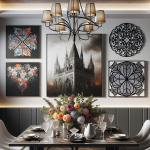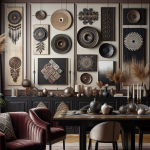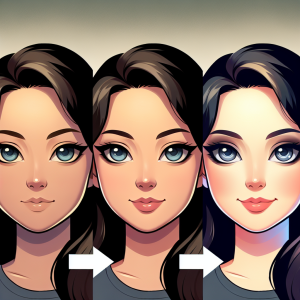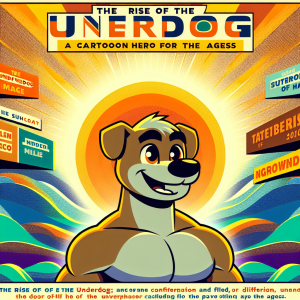Turning Faces into Cartoons: The Art of Character Design
Have you ever wondered how your favorite animated characters come to life on the screen? It all starts with the art of character design, the process of turning faces into cartoons. Character design is a crucial element in the creation of any animated film, TV show, or video game. It involves the careful consideration of every aspect of a character’s appearance, from their facial features to their body shape and clothing. In this article, we will explore the fascinating world of character design, delving into the techniques and considerations that go into turning faces into cartoons.
The Importance of Character Design
Character design is an essential part of the storytelling process in animation. A well-designed character can instantly capture the audience’s attention and convey a wide range of emotions and personalities. The design of a character can also help to define the world in which they inhabit and contribute to the overall visual style of a project.
Whether it’s a cute and cuddly creature or a fearsome villain, a well-designed character can become an iconic figure that resonates with audiences for years to come. Think of characters like Mickey Mouse, SpongeBob SquarePants, or Elsa from Frozen – their designs have become synonymous with the success of their respective franchises.
The Process of Character Design
The process of turning faces into cartoons begins with a basic concept. This could be a written description, a rough sketch, or even just a few words that describe the character’s personality and role in the story. From there, the character designer will start to flesh out the character’s appearance, taking into consideration factors such as age, gender, occupation, and cultural background.
One of the most critical aspects of character design is the creation of a unique silhouette. A character’s silhouette should be instantly recognizable, even when viewed from a distance or in silhouette. This can be achieved through the careful arrangement of shapes and proportions that are distinct to the character.
Facial features play a significant role in character design, as they are often the most expressive part of a character’s appearance. The eyes, nose, mouth, and overall shape of the head all contribute to the character’s personality and emotions. Designers must carefully consider how these features will be animated and how they will convey the character’s thoughts and feelings to the audience.
Once the basic design is established, the character designer will work on creating variations of the character. This could include different outfits, expressions, and poses, all of which contribute to the character’s versatility and potential for storytelling.
Tools and Techniques of Character Design
Character design can be done using a variety of traditional and digital tools. Many designers start with pen and paper, sketching out rough ideas and concepts before moving on to more detailed illustrations. Digital tools such as drawing tablets and software like Adobe Photoshop and Illustrator have become increasingly popular in recent years, allowing for greater precision and flexibility in the design process.
When it comes to techniques, character designers often rely on principles of anatomy, perspective, and visual storytelling. They must also have a deep understanding of color theory and composition, as these elements play a crucial role in the overall appeal of a character design.
FAQs
Q: What qualifications do you need to become a character designer?
A: While there are no set educational requirements for becoming a character designer, most professionals in the field have a degree in art, animation, or a related field. A strong portfolio of work is often more important than formal education, as it demonstrates a designer’s skills and creativity.
Q: How long does it take to create a character design?
A: The time it takes to create a character design can vary widely depending on the complexity of the project and the experience of the designer. Some designs can be completed in a matter of hours, while others may take weeks or even months to refine.
Q: What are some common mistakes in character design?
A: One of the most common mistakes in character design is creating a character that lacks originality or personality. Designers must strive to create characters that are unique and memorable, avoiding clichés and stereotypes.
Q: Can character design be learned?
A: Yes, character design is a skill that can be learned and developed over time. By studying the work of other designers, practicing drawing and illustration, and seeking feedback from peers and mentors, aspiring character designers can improve their skills and create compelling designs.
In conclusion, the art of character design is a complex and rewarding process that requires a deep understanding of art, storytelling, and visual communication. From the initial concept to the detailed illustrations, turning faces into cartoons is a multi-faceted endeavor that requires creativity, skill, and a keen eye for detail. Whether you’re a fan of animation or an aspiring designer yourself, character design is a fascinating world that offers endless possibilities for creativity and storytelling.








+ There are no comments
Add yours